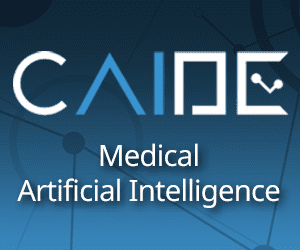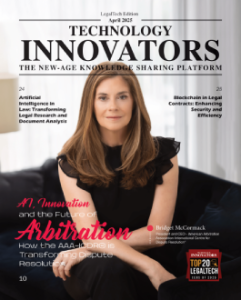Modernizing wealth management solutions is essential for staying competitive, but it must be done without disrupting existing financial ecosystems or inflating operational costs. CIOs are tasked with the delicate balance of adopting innovative technologies while maintaining fiscal responsibility and ensuring seamless integration.
Key Challenges
- Budget Constraints
- Limited budgets require prioritizing investments in technologies that deliver the most value.
- Integration with Legacy Systems
- Upgrading without disrupting core functions can be complex and resource-intensive.
- Risk of Client Disruption
- Introducing new systems might temporarily affect service delivery, impacting client trust.
- Regulatory Compliance
- Ensuring new technologies comply with stringent financial and data protection regulations adds complexity.
CIO Strategies for Cost-Efficient Modernization
1. Prioritize High-Impact Areas
- Focus on technologies that deliver the greatest return on investment (ROI).
- Examples:
- Automating client onboarding to reduce processing times and errors.
- AI-driven analytics for personalized investment strategies.
2. Adopt Modular and Scalable Solutions
- Opt for systems that can be scaled incrementally, avoiding the need for full-scale replacements.
- Example: Using microservices architecture to update specific functionalities without overhauling entire systems.
3. Leverage Cloud Technologies
- Migrate to cloud-based platforms to reduce infrastructure costs and enhance scalability.
- Example: SaaS (Software as a Service) solutions for portfolio management or customer relationship management (CRM).
4. Collaborate with Fintech Ecosystems
- Partner with fintech startups for innovative, cost-effective solutions tailored to specific needs.
- Example: Integrating robo-advisors or API-driven data aggregation tools.
5. Phased Implementation
- Roll out new technologies in phases to minimize disruptions and allow for testing and refinement.
- Example: Deploying automation tools for back-office operations before expanding to client-facing systems.
6. Automate to Cut Costs
- Use Robotic Process Automation (RPA) for repetitive tasks like compliance checks, reporting, and document management.
- Example: Automating regulatory reporting processes to save time and reduce errors.
7. Outsource Non-Core Functions
- Outsource non-critical tasks to specialized vendors, focusing internal resources on strategic initiatives.
- Example: Outsourcing cybersecurity monitoring to dedicated service providers.
8. Invest in Open-Source Tools
- Utilize open-source solutions where appropriate to reduce licensing costs.
- Example: Open-source blockchain platforms for smart contract development.
Cost-Optimization Framework
- Conduct ROI Analysis
- Evaluate the financial benefits of new technologies versus their costs to prioritize investments.
- Establish a Technology Roadmap
- Define clear milestones for technology upgrades, aligning with business goals and budget cycles.
- Monitor and Optimize Operational Costs
- Continuously track the performance of new technologies and adjust strategies to maximize efficiency.
- Incorporate Total Cost of Ownership (TCO)
- Factor in implementation, maintenance, and training costs when assessing technology investments.
Minimizing Risks During Modernization
- Change Management
- Train staff to ensure smooth transitions and foster a culture of innovation.
- Client-Centric Approach
- Design upgrades to minimize disruptions for end-users and maintain service quality.
- Regulatory Alignment
- Collaborate with legal teams to ensure compliance throughout the modernization process.
- Robust Testing and Piloting
- Conduct pilot runs of new systems to identify and resolve issues before full deployment.
Benefits of a Balanced Approach
- Sustained Growth
- Cost-efficient modernization fosters scalability and adaptability in a competitive market.
- Improved Client Experience
- Upgraded systems enhance personalization and responsiveness, boosting satisfaction and retention.
- Reduced Operational Risks
- Streamlined, modernized systems are less prone to errors and inefficiencies.
- Regulatory Confidence
- Proactive alignment with compliance standards minimizes legal and financial risks.
Future Outlook
CIOs who adopt a balanced, strategic approach to modernization will position their firms as leaders in delivering cost-efficient, innovative, and client-focused wealth management solutions. By leveraging incremental upgrades and strategic partnerships, firms can future-proof their operations without compromising existing financial ecosystems.





